Rising Demand in Automotive Sector
The automotive sector is a significant driver for the trivalent chromium-finishing market. With the increasing production of vehicles in the U.S., there is a heightened need for durable and corrosion-resistant coatings. Trivalent chromium offers superior performance in terms of corrosion resistance compared to traditional methods. As automotive manufacturers aim to enhance vehicle longevity and performance, the adoption of trivalent chromium finishes is likely to rise. Reports indicate that the automotive industry accounts for approximately 30% of the total demand for trivalent chromium finishes. This trend suggests that the trivalent chromium-finishing market will continue to expand, driven by the automotive sector's requirements for high-quality finishing solutions.
Increased Focus on Aesthetic Appeal
The aesthetic appeal of finished products is becoming increasingly important across various industries, including consumer goods and electronics. The trivalent chromium-finishing market is benefiting from this trend, as trivalent chromium provides a bright, attractive finish that enhances the visual appeal of products. This is particularly relevant in sectors where design and aesthetics are critical, such as luxury goods and high-end electronics. As consumer preferences shift towards visually appealing products, manufacturers are likely to invest more in trivalent chromium finishes. This trend indicates a potential growth of 10% in the market as companies prioritize aesthetics in their product development strategies, thereby driving the trivalent chromium-finishing market forward.
Growing Awareness of Health and Safety
There is a growing awareness of health and safety concerns associated with chemical coatings, which is influencing the trivalent chromium-finishing market. As industries become more cognizant of the health risks posed by hexavalent chromium, there is a marked shift towards safer alternatives like trivalent chromium. This awareness is prompting manufacturers to adopt trivalent chromium finishes to ensure the safety of their workers and consumers. The trivalent chromium-finishing market is likely to see increased adoption rates as companies prioritize health and safety in their operational practices. This shift could lead to a market growth of approximately 12% as businesses seek to mitigate risks associated with hazardous materials.
Technological Innovations in Coating Processes
Technological innovations are playing a crucial role in shaping the trivalent chromium-finishing market. Advances in coating processes, such as improved application techniques and enhanced formulations, are making trivalent chromium finishes more efficient and cost-effective. These innovations are likely to reduce production costs by up to 20%, making it an attractive option for manufacturers. Furthermore, the development of automated systems for applying trivalent chromium coatings is expected to streamline operations and improve consistency in quality. As these technologies become more prevalent, the trivalent chromium-finishing market is poised for growth, as manufacturers seek to leverage these advancements to enhance their product offerings.
Regulatory Compliance and Environmental Standards
The trivalent chromium-finishing market is experiencing a surge in demand due to increasing regulatory compliance and environmental standards. The U.S. Environmental Protection Agency (EPA) has implemented stringent regulations regarding the use of hexavalent chromium, which is known for its harmful effects. As a result, industries are shifting towards trivalent chromium as a safer alternative. This transition is not only driven by compliance but also by the need to enhance corporate social responsibility. The market is projected to grow as companies invest in trivalent chromium technologies to meet these regulations, potentially increasing market value by 15% over the next five years. The trivalent chromium-finishing market is thus positioned to benefit from these regulatory changes, as manufacturers seek to align with environmental standards.


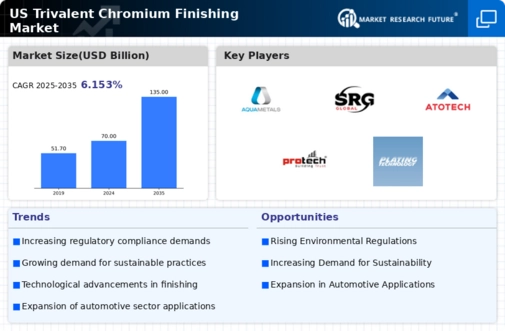
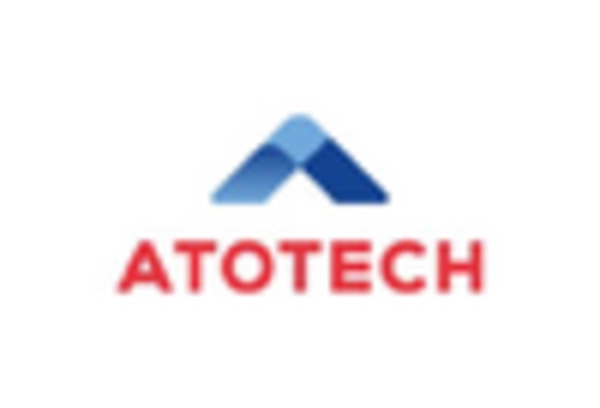

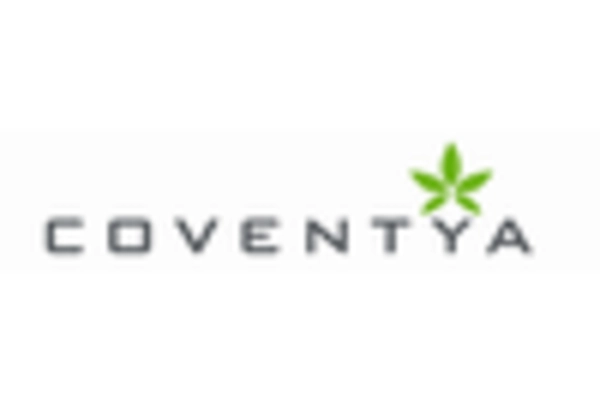
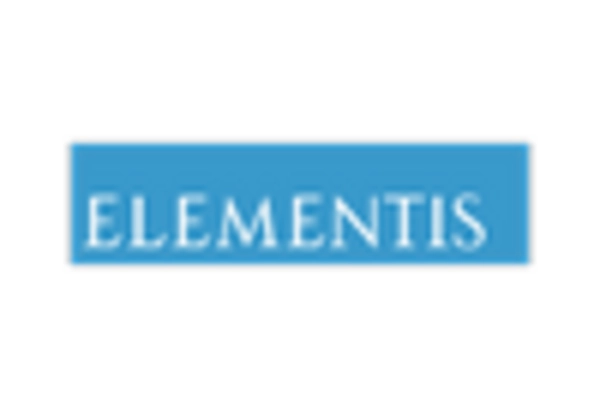
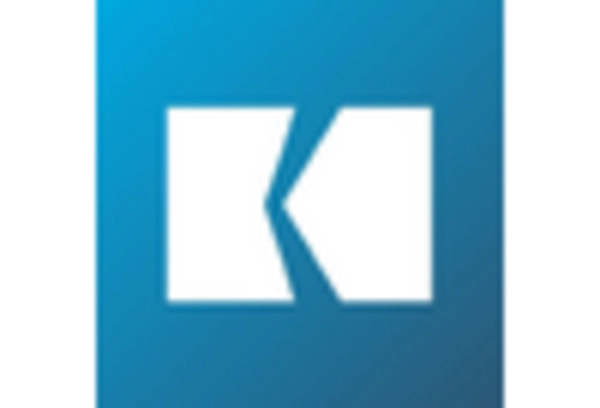
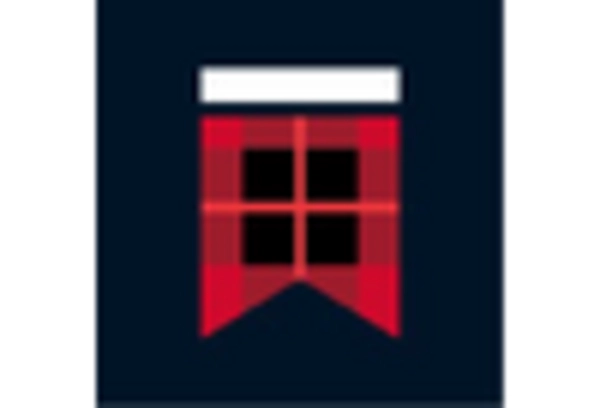








Leave a Comment